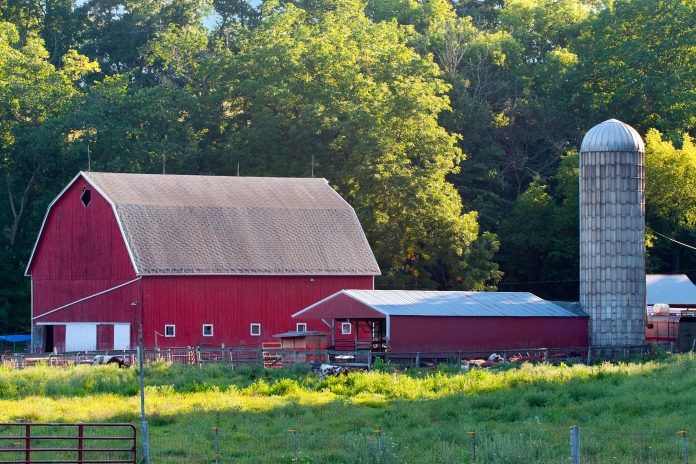The last column of the year usually features comments from readers whose views differ from those found here the previous 50 or so weeks.
Most point out, often in vivid language, the shortcomings of my ideas, opinions, and — increasingly — the “fake news” I peddle through both. At least that’s how it has been for at least 25 post-Christmas columns.
Not this year, however, because I received a reader email Dec. 9 that asked me to stop highlighting these venomous reader-written notes because they are “the ones intent on getting you off the page and blasting anyone who dares to think other than they do.”
Worst year
True; 2020 has been the worst year for journalism I’ve seen in 35 years as a freelance writer. Pandemics, we discovered, not only infect humans but also eat away at the cornerstones of a free society like elections, the media and honesty.
“Why are you giving extreme voices so much attention?” the emailer asked. “When you do, it pushes the needle right (and) moderate voices appear off-center.”
True. As newspaper pages thin and lines of unemployed journalists lengthen, column space becomes more precious than water in the Sahara.
“Do not misunderstand me,” the writer explained. “I see nothing wrong in hearing out all sides…The trouble is, far extreme viewpoints give little regard for any opinion deviating from their own.”
I answered with my long-held view of all reader-writers: good, bad or incendiary, they can have their say because I’ve had mine.
Don’t spread misinformation
Not good enough, came the quick reply, especially now when lives are being lost to misinformation spread in the name of “balance.” True, again.
Spotlighting my crankiest critics does, in fact, push valid policy arguments and honest political debate into the shadows. When that happens, the yellers take center stage.
For example, the devastating pandemic has made clear what every rural American has known for decades: On a per capita basis, rural communities are older, poorer, sicker, hungrier and more reliant on federal programs like Social Security, Medicare, Medicaid, farm subsidies and SNAP than urban areas. These facts are proven by government data or, better yet, by simply driving through the empty business districts and decaying neighborhoods of almost every rural community today.
And yet, many political and farm leaders in these communities continue to howl about the evils of “big government” and “socialism” even though these big government social programs keep their communities from disappearing into their pot-holed streets and unsafe bridges.
A big part of this open deceit is the rise in value of farm and ranch assets now are held by an ever-narrowing base of mega-operators and outside investors. This realignment draws attention away from the growing weaknesses — fewer jobs, an aging population, little to any health care, a crumbling infrastructure — of the overall rural economy.
For example, according to a recent report by a Champaign, Illionois-based farm management company, “… institutional investors and family offices have invested over $635,000,000 in farmland in just 16 counties in Illinois from 2015-2020.”
And yet, the U.S. farm economy was so fragile over that same period that the “big government” agency responsible for its welfare, the U.S. Department of Agriculture, sent $118 billion in farm subsidies to farmers and ranchers; $131 billion when the Christmas Covid payments are added.
Both facts reinforce the ageless land grant dogma that ag subsidies are capitalized into ag assets — chiefly farmland — and offer little, if any, support to rural economies overall.
Equally ageless is the question that if policymakers know this is true, why do they — we — fund “big government” subsidy programs that fuel asset concentration even as the subsidies undermine the rural economy?
If you have ideas about why, drop me an email. If you want to yell, insult, or denigrate me, go ahead, drop me an email, too. After all, if 2021 is anything like 2020, we’re going to need all the heat and the light we can get in the coming year.














